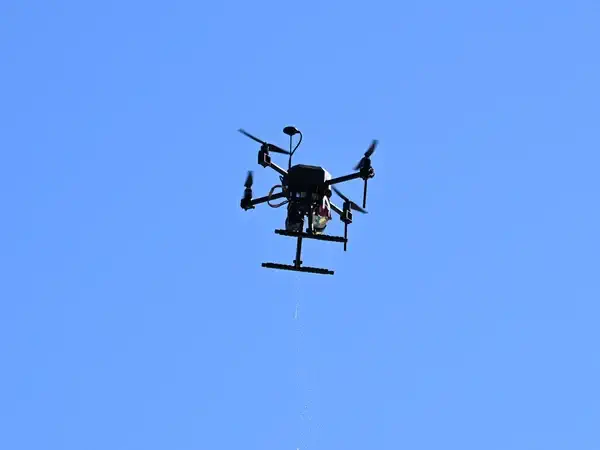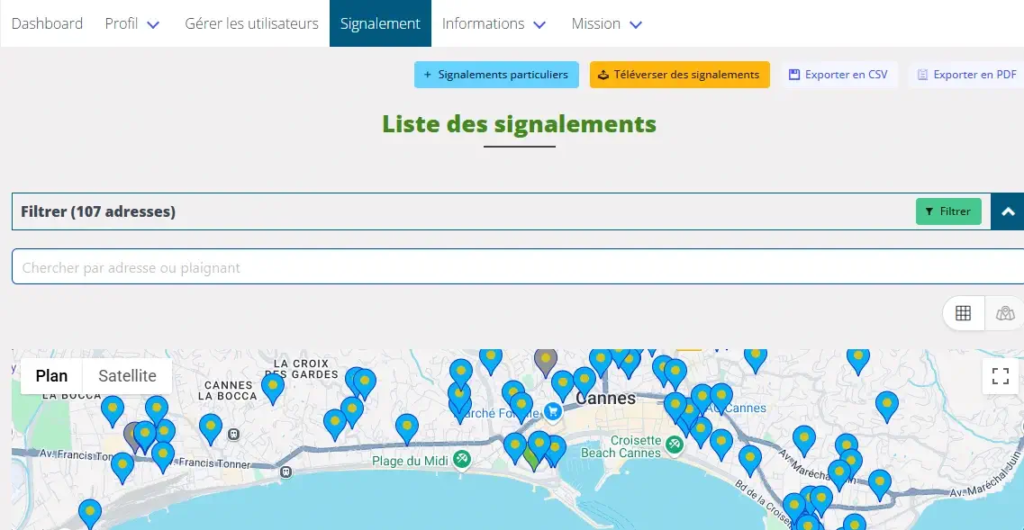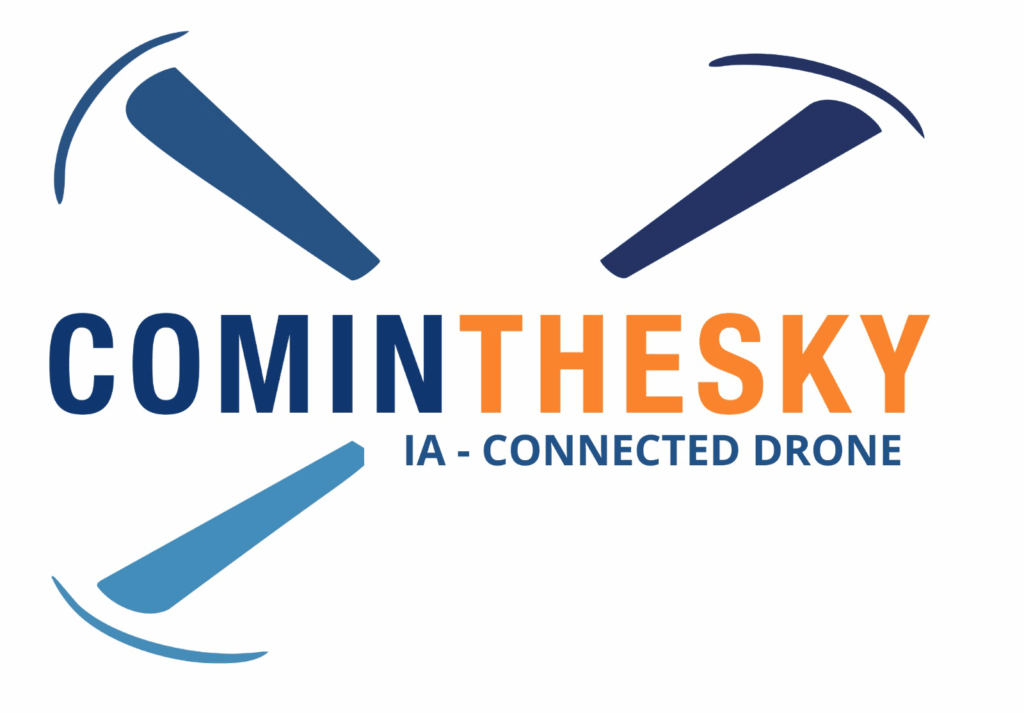Drone for Gull Egg Sterilization with Real-Time Monitoring
Following a request from a citizen in Trouville in 2014, we designed and created, for the first time worldwide, a specialized drone for sterilizing gull eggs. The aim was to better regulate the gull population in city centers, safely and at a competitive price. Since 2018, our technology has proven highly effective for our clients, who continue to renew their partnerships with our drone company.

The Complexity of Managing the Gull Problem with This Type of Mission
The Gull : A Predator with No Natural Enemies
Except for the falcon (you’ll quickly understand the choice of our drone’s name), which is rarely seen, the overpopulated gull, increasingly present in city centers, has no natural predators. As this species is protected by law, it is forbidden to harm, kill, or break their eggs. The best solution adopted is egg sterilization. Usually carried out by rope-access technicians, the process involves risks due to the birds’ aggressiveness, and the intervention costs are high, especially because accessing rooftops of each building takes significant time.
Key Characteristics of the Gull
You’ll find a general information on our “Gulls” page, but here are the essential points relevant to our services:
Intelligent birds with a lifespan of 25 years.
Attack in groups of dozens often injuring people, especially head injuries that require emergency care
Nest on rooftops, sometimes near chimneys, pipes, or antennas, meaning in cluttered areas.
Nest by the sea, where wind gusts are frequent.
Do not hesitate to attack drones.
Nesting season runs from April to June, depending on the local climate: earlier in the Mediterranean and later in northern regions.
A Streamlined Process Is Key to Effective Gull Egg Sterilization
Yellow-legged gulls and herring gulls
It all begins with accurate identification of nests and eggs. Flying blindly over an area is a waste of time and resources. When municipalities are unsure of nesting locations, a precise survey is essential. We carry out aerial inspections using drones equipped with AI that can detect and map gull nests and eggs in real time.
Next, comes mission preparation, using the right vegetable oils, having a large number of batteries to fly at least 5 to 6 hours per day, and thoroughly checking the drones and payloads systems. Oil can damage pumps and tubing, so maintenance and proper setup are crucial.
High-tech drones are required to navigate windy and cluttered environments with stability. The faster and more stable the drone, the more efficient the mission and the lower the cost per operation.
To ensure effectiveness, it’s necessary to visit AT LEAST two times each identified address, with more than a 3-week interval, to prevent new egg-laying that would add extra chicks to the current population of gulls. Generally, thanks to the speed and efficiency of our skilled pilots and high-performance drones, we pass by each address twice per visit when nests don’t already contain three eggs. A nest with one egg usually means two more will appear in the following days.
Finally, having an experienced drone team, trained in drone flight and specifically in this delicate type of operation. Our teams receive specialized ornithologist-led training, which is mandatory for gull egg sterilization missions.
Technical Specifications of the FAUCON Drone for Gull Egg Sterilization
Faucon 3.1: 2.2 kg (fully loaded with battery and treatment product)
Faucon 3.2: 3.8 kg (fully loaded )
RTK Drone system: centimeter-level accuracy via multiple satellite connections, crucial for safe navigation in urban environments
Ground Distance Lidar: enhances flight balance and stability
Full Flight Duration:
Approximately 15 min for Faucon 3.1
20 min for Faucon 3.2
Vegetable Oil Tank Capacity for Treatment:
2 nests per flight on Faucon 3.1
4 nests per flight on Faucon 3.2
Generally, you’ll find 1 to 2 nests per individual rooftop, and more on apartment buildings, hospitals, or factories.
Specialized oil-resistant pump
Custom-designed nozzle for precise application
Sufficient power to counter wind gusts

Drone Connected to a Web App with AI
We provide access to a custom-designed web application built specifically for our gull egg sterilization missions, available to both clients and drone pilots :
Online Reporting for Municipalities: We generate a dedicated website for municipalities, allowing citizens, businesses, and property managers to report gull issues online. This significantly saves time compared to handling phone calls and emails.
Centralized Real-Time Mission Data: All mission-related data is stored and updated in real time.
Precise Incident Mapping: Accurate geolocation of all citizen reports and confirmed gull nests.
Real-Time Mission Progress Tracking: Mission progress can be monitored live via interactive maps or dashboard views.
Automated Photo Reports: Citizens and companies who submitted a request receive automatic photos of sterilized eggs and empty nests, categorized by gull species.
Optional Billing Module: For select clients, the platform can manage invoicing for different user types.
Live Statistics & Comparisons: Up-to-date statistics with historical comparisons available instantly.
Egg et Chick Counting via AI: Automated detection and tracking of eggs and chicks using artificial intelligence.
Advanced Data Filters: For easier analysis and planning.
Pilot-Friendly Features: Multiple functionalities to assist pilots in the field.

Municipalities retain full ownership of their data, and our drone company does not exploit or use this data outside of the contracted missions.

























